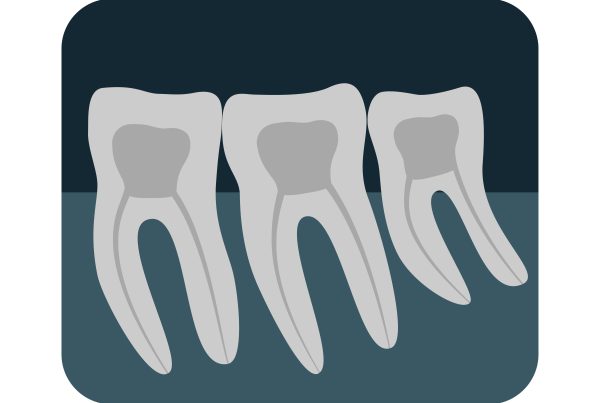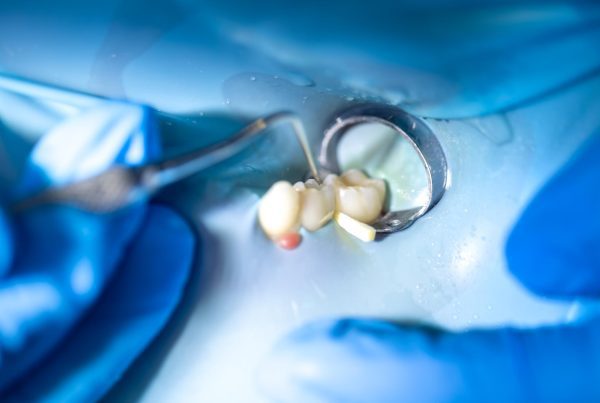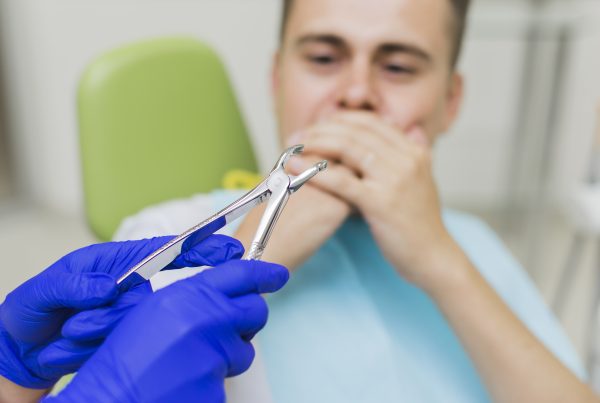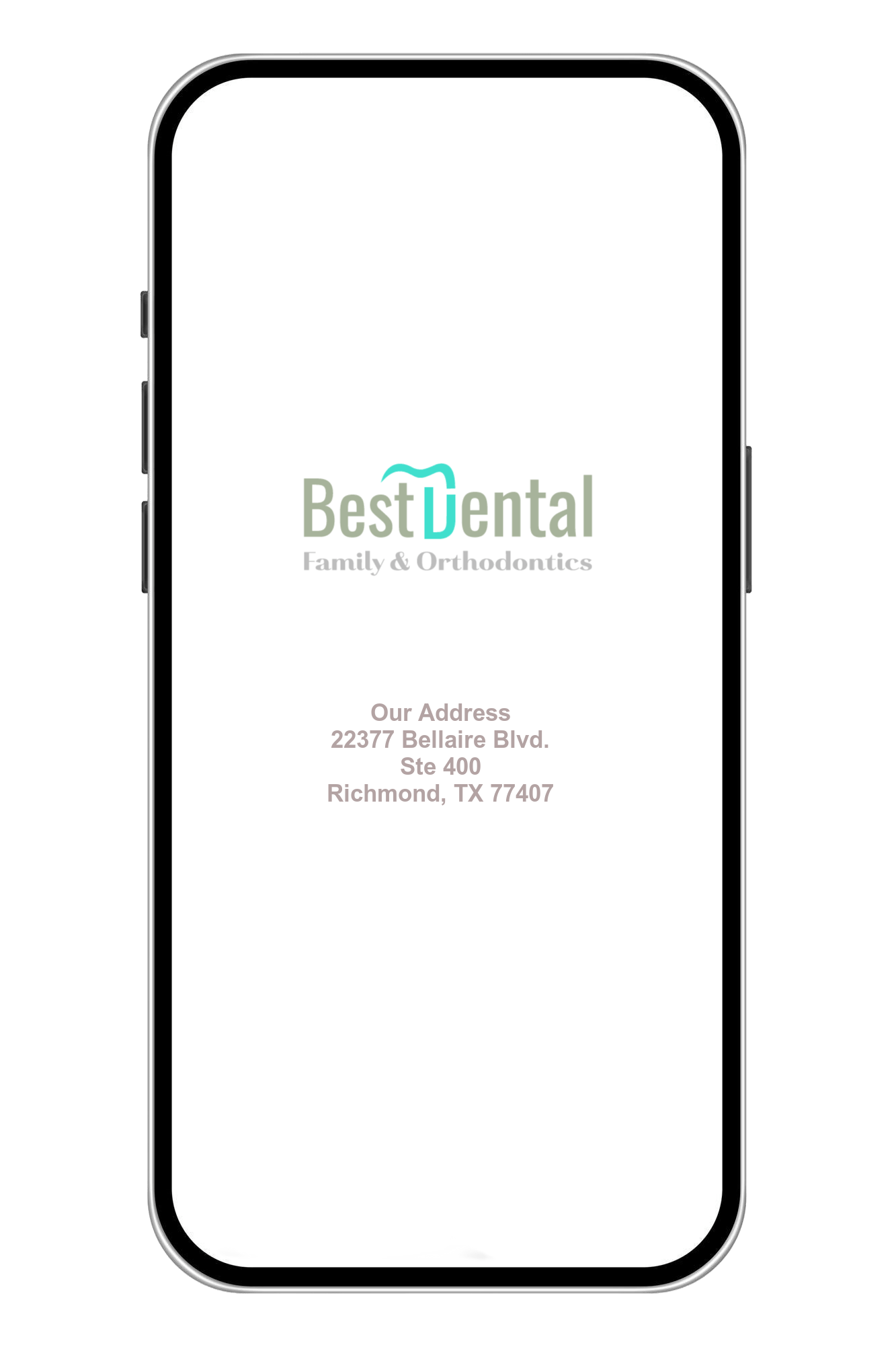Partial Bony Wisdom Teeth
Partial bony wisdom teeth, also known as partially impacted wisdom teeth, represent a common dental concern that affects a significant portion of the population. Wisdom teeth, or third molars, typically emerge during late adolescence or early adulthood, often causing discomfort and dental complications due to their misalignment and limited space in the jaw. When these molars only partially erupt through the gumline and become partially bony, they can lead to various oral health issues, making their management and treatment an important topic in dentistry. In this discussion, we will explore the characteristics, causes, symptoms, and potential solutions associated with partial bony wisdom teeth, shedding light on the challenges they pose and the options available to address them effectively.

What are wisdom teeth, and why do they often become partially bony?
Wisdom teeth, also known as third molars, are the last set of molars located at the back of the mouth. They typically start to emerge during late adolescence or early adulthood, between the ages of 17 and 25. However, wisdom teeth often become partially bony or partially impacted due to a mismatch between the size of the jaw and the size of the teeth. This misalignment can prevent the wisdom teeth from fully erupting through the gumline, causing them to become partially embedded in the jawbone. This partial impaction can lead to a range of issues, including pain, inflammation, infection, and dental crowding, necessitating intervention such as extraction or other dental treatments to alleviate the discomfort and prevent complications.
What are the typical signs and symptoms of partial bony wisdom teeth?
Partial bony wisdom teeth differ from fully impacted or fully erupted wisdom teeth primarily in their position within the jaw. Fully erupted wisdom teeth are those that have fully emerged through the gumline and function like other molars in the mouth. In contrast, fully impacted wisdom teeth remain entirely trapped beneath the gum and jawbone, causing them to be inaccessible for normal oral hygiene and functioning. Partial bony wisdom teeth, on the other hand, occupy an intermediate position—they partially breach the gumline but do not fully emerge. They often create a pocket around the tooth, making them susceptible to food and debris accumulation, increasing the risk of infections and inflammation, unlike fully erupted wisdom teeth. These distinctions impact the way they are managed, with fully impacted teeth typically requiring surgical extraction and fully erupted teeth often causing fewer complications. Partial bony wisdom teeth pose a unique set of challenges, necessitating careful assessment and treatment decisions based on individual cases.
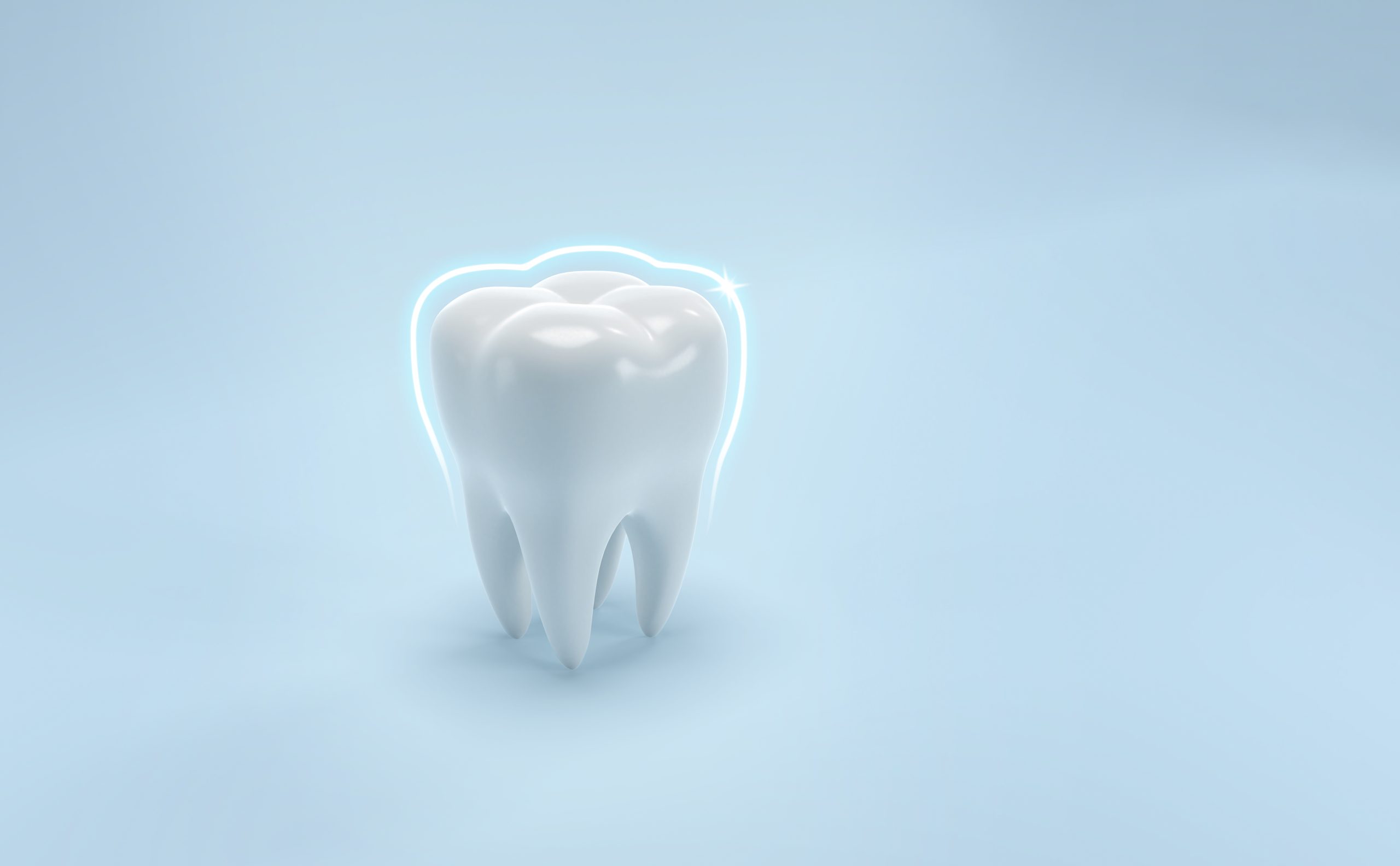
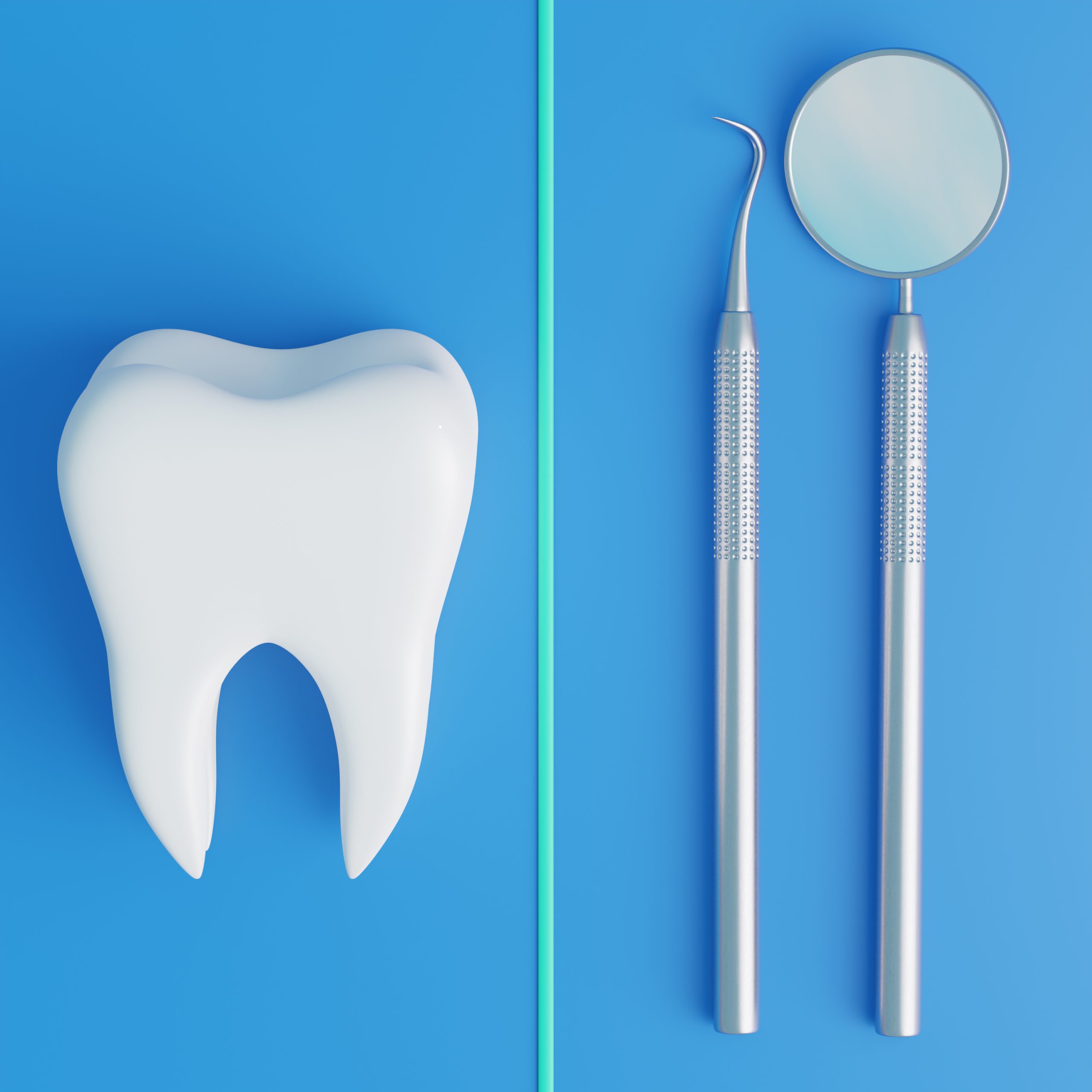
What causes partial bony wisdom teeth to develop in the first place?
The development of partial bony wisdom teeth is primarily influenced by evolutionary factors and the modern human diet. In our evolutionary history, the human diet consisted of more coarse and rough foods, which necessitated the growth of additional molars (wisdom teeth) for effective chewing. However, as our diets have evolved to be softer and more processed, the need for these extra molars has diminished. Consequently, many individuals have smaller jaws that may not have sufficient space to accommodate the full eruption of wisdom teeth. This space limitation often leads to partial impaction, where the wisdom teeth are unable to emerge fully through the gumline, resulting in partial bony wisdom teeth. Additionally, genetic factors play a role, as jaw size and shape are influenced by one’s family history, further contributing to the likelihood of partial bony wisdom teeth.
What are the available treatment options for managing partial bony wisdom teeth?
The management of partial bony wisdom teeth depends on the specific circumstances and any associated symptoms or complications. Here are some of the available treatment options:
- Observation: In cases where the partial bony wisdom teeth are not causing any pain or issues, a dentist may choose to monitor them over time to ensure they do not develop complications.
- Extraction: Surgical removal is a common treatment for partial bony wisdom teeth. This is often recommended when the teeth are causing pain, infection, damage to adjacent teeth, or other oral health problems. Extraction can be done in a dentist’s office or oral surgeon’s clinic, typically under local or general anesthesia.
- Antibiotics: If there is an active infection associated with partial bony wisdom teeth, a course of antibiotics may be prescribed to control the infection before considering extraction.
- Pain management: Over-the-counter or prescription pain relievers may be recommended to alleviate discomfort and inflammation associated with partial bony wisdom teeth.
- Pericoronitis treatment: For individuals experiencing pericoronitis, a condition where the gum tissue around the partially erupted tooth becomes inflamed, treatment may include irrigation of the affected area, cleaning, and the prescription of antibiotics.
- Surgical exposure: In some cases, where the tooth can be salvaged and brought into proper alignment, a procedure known as surgical exposure may be performed to uncover and assist the eruption of the wisdom tooth.
- Orthodontic treatment: If partial bony wisdom teeth are causing crowding or shifting of neighboring teeth, orthodontic treatment may be recommended to address the alignment issues.
The choice of treatment depends on the specific clinical evaluation and patient preferences, and it is typically determined by a dental professional after a thorough examination and assessment of the individual’s oral health and symptoms.


What is the procedure for removing partial bony wisdom teeth, and what should patients expect during recovery?
The procedure for removing partial bony wisdom teeth typically involves oral surgery performed by an oral surgeon or a dentist with surgical expertise. It is usually done under local anesthesia, conscious sedation, or general anesthesia, depending on the complexity of the case and the patient’s comfort level. During the surgery, an incision is made in the gum tissue to access the impacted tooth, which may also involve removing a portion of the surrounding bone. The tooth is then extracted in whole or in segments if necessary. After the procedure, patients can expect some swelling, discomfort, and minor bleeding. Recovery may take a few days to a week, during which it’s advisable to follow post-operative instructions, including proper oral hygiene, avoiding certain foods, and taking prescribed medications. Pain can be managed with over-the-counter or prescribed pain relievers. Swelling typically subsides within a few days, while complete healing may take several weeks, with regular follow-up appointments to monitor progress and ensure a smooth recovery.

